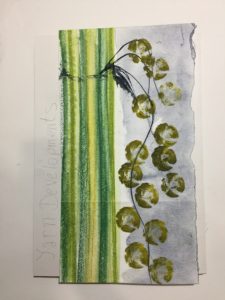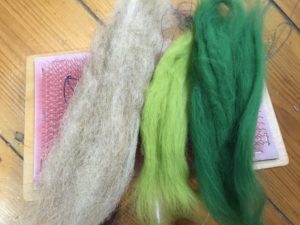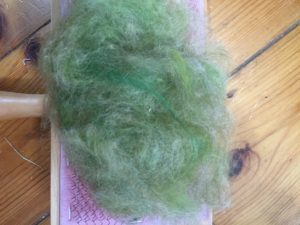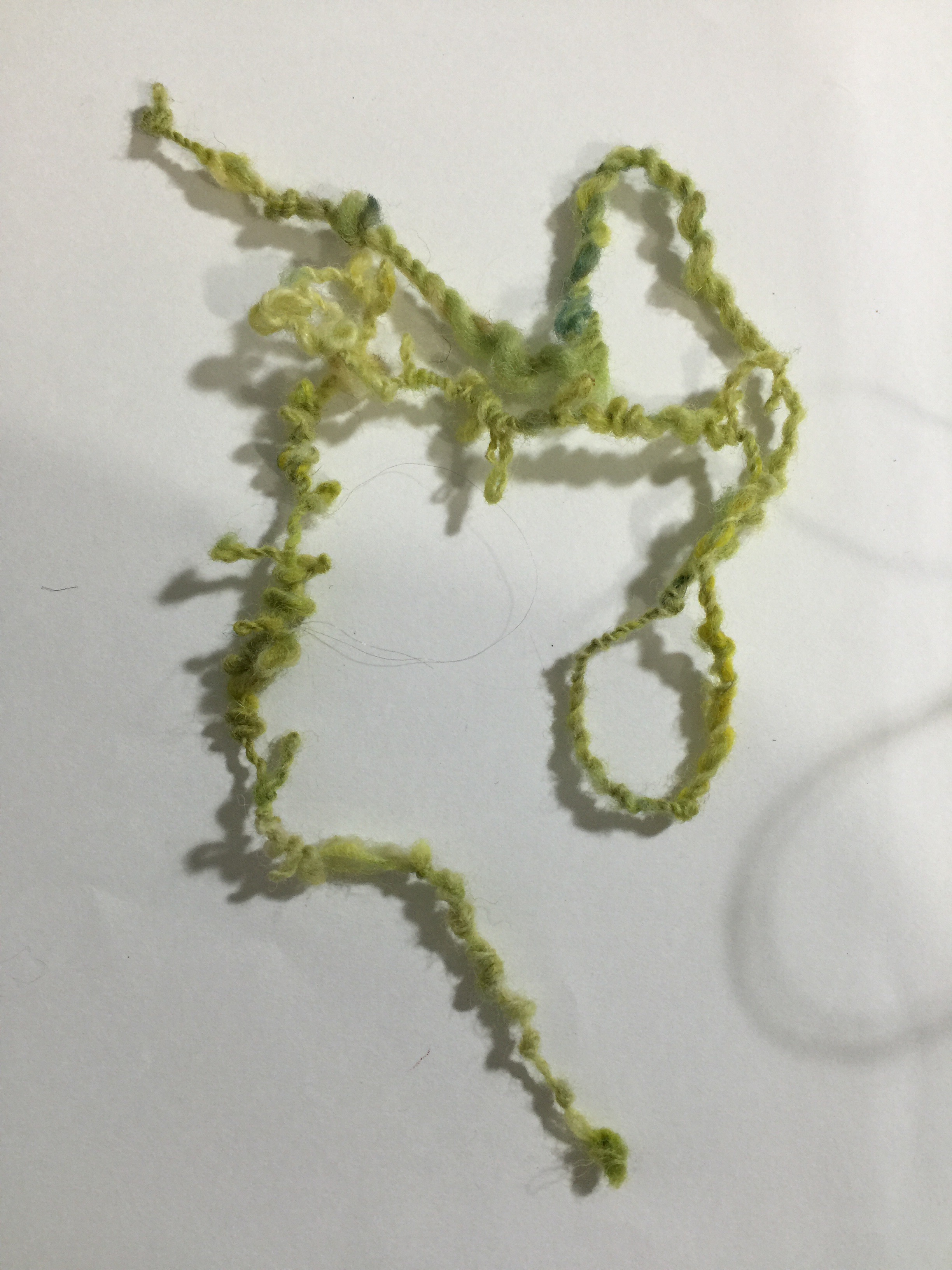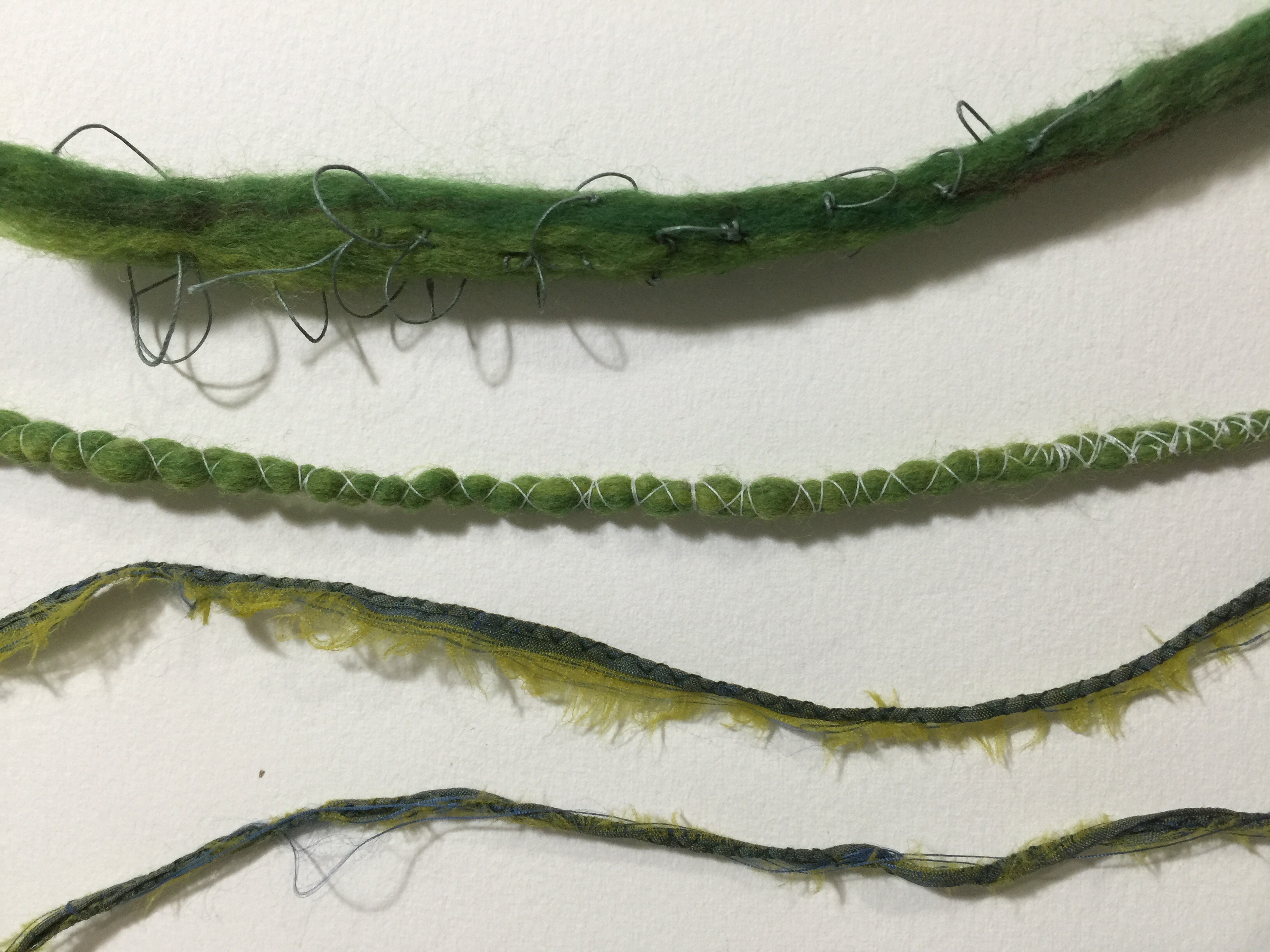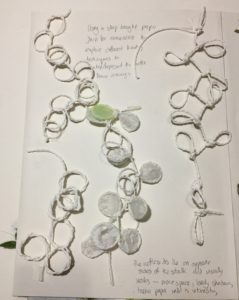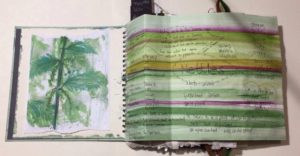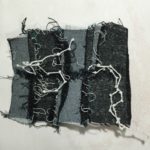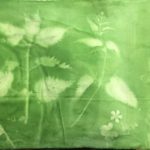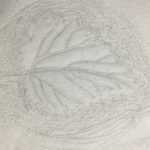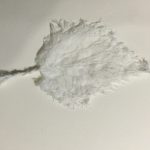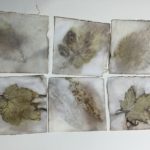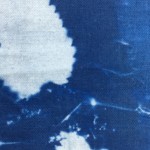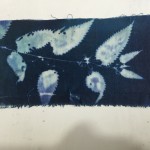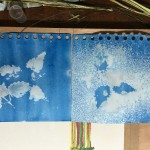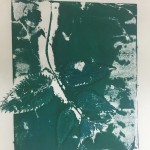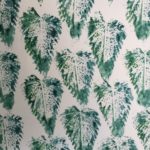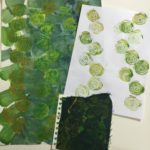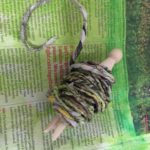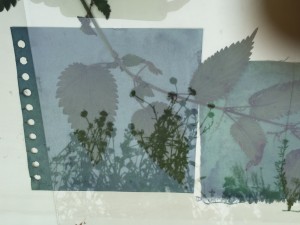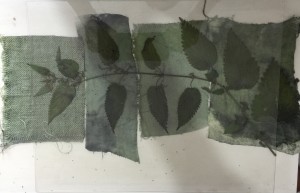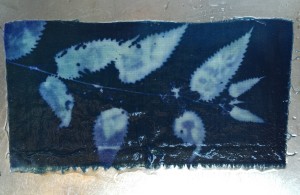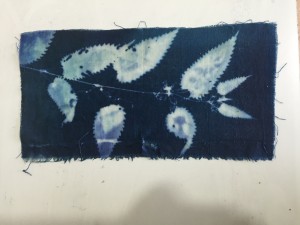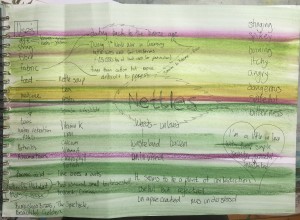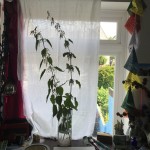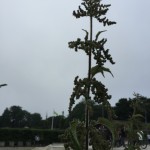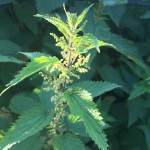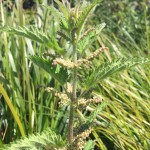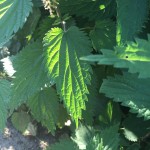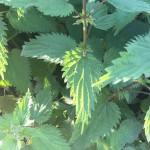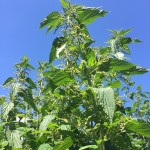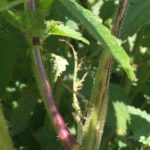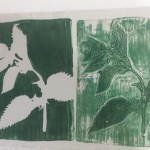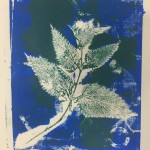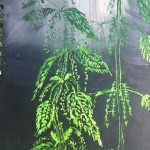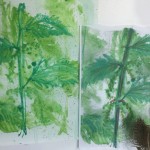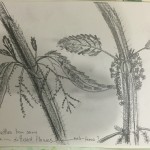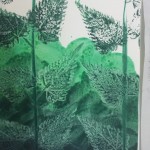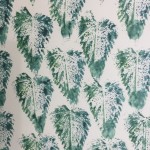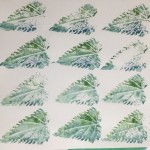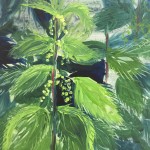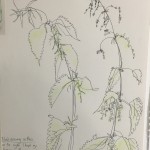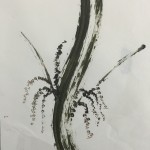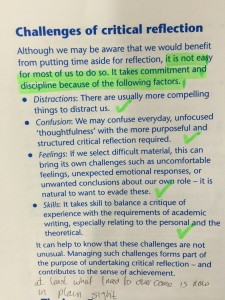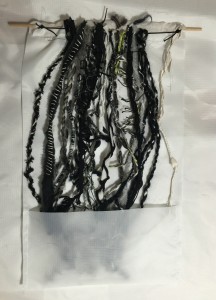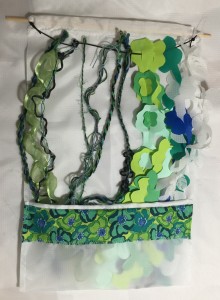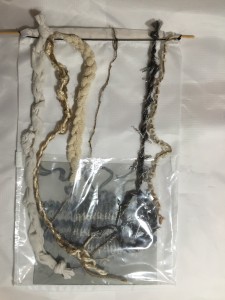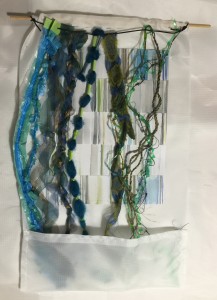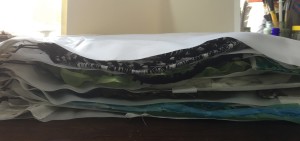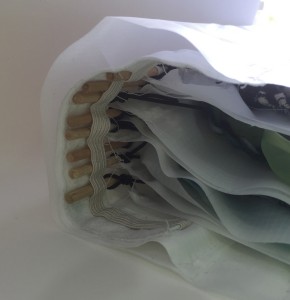Formative feedback – Again a video feedback was invaluable, so much richer and focussed than interpreting a written feedback, and so much more human than a written communication, thank you for your time Rebecca.
Assignment 4 Assessment potential
I understand your aim is to go for the Textiles Degree and that you plan to submit your work for assessment at the end of this course. From the work you have shown in this assignment, providing you commit yourself to the course, I believe you have the potential to pass at assessment. In order to meet all the assessment criteria, there are certain areas you will need to focus on, which I will outline in my feedback.
Feedback on assignment
Demonstration of technical and Visual Skills, Quality of Outcome, Demonstration of Creativity
For this assignment you have made a good number of yarn samples, but your organisation of them makes it tricky to look at them properly. I suggest you pull out some of the ones you think are most interesting and display on a board with research imagery as reference. Take care in the way you place the sample yarns, think about the spaces in between and how to use them to show off your work. A couple of the samples could do with further development – in particular the paper yarn with coloured windows. I suggest that if you hit upon an interesting way of doing something you explore it further to develop the idea.
I tried to keep my presentation simple in a fabric book format and realised that some pages were clearer than others , so I completely expected this response, It was really useful to talk through what worked and didn’t. My yarns were only secured at one end and arrived quite tangled – must remember this for the future! I hadn’t “elevated ” many of my samples , back to that shying away from claiming greatness about any work. Rebecca very helpfully reminded me that everyone looks at art in different ways. I must remember this course is not about making stuff that pleases people but exploring my ideas – and really clearly explaining the processes that I go through (practical and theoretical) continuing to study the critical thinking book will help here ( I am making progress with my understanding and application of the critical thinking process) I will take my more interesting samples and explore presenting them more clearly.
Drawing
Demonstration of technical and Visual Skills, Demonstration of Creativity
There is very little in the way of drawing in this assignment – I suggest you use drawing to examine the samples you have made. Use techniques like continuous blind line drawing to help you really look at the work. Keep your drawings loose and exploratory and as part of your reflective process.
I did a few drawings to develop ideas, back of envelope type quick scribbles but didn’t think to submit them as part of the assessment. I am going to make the final assessment more sketch book based to see if I can be more reflective as I am going along. I feel that I will be more detailed and expressive in hand written form.
Research
Context, reflective thinking, critical thinking, analysis
This assignment contains only a small amount of research material, looking at the work of others is an integral part of studying for a degree and essential if you are aiming for a good mark at assessment. I suggest you are broadminded and look at a wide variety of research. Using drawing, annotation and reflective thinking to learn from the work and influence your own creative practice.
This is a very fair comment, Rebecca wrote a very useful post on research on the OCA website, I have looked at the work of many artists but not recorded it in any useful way – so it’s not research, simple as that, I must do better.
Learning Logs or Blogs/Critical essays
Context, reflective thinking, critical thinking, analysis
It is excellent you are now using the critical thinking skills book I recommended – it is evident that you have a developing insight into reflective thinking and how it can help you develop creatively. Make sure you use this now to examine the work of others and your own creative output. Label the images in your learning log, adding the name of the maker if it is not you and what you think of the work. Try not to say something is “not interesting” – I would suggest all samples are interesting in some way and you can learn from them all. Reflect on this feedback in your learning log.
This feedback is clearly a call for detail. I hope that working in a different way – sketchbook based – will enable me to record my processes more clearly.
Suggested reading/viewing
Context
Slow stitch by Claire Wellesley-Smith
Please inform me of how you would like your feedback for the next assignment. Written or video/audio
Well done Linda, I look forward to your next assignment.
| Tutor name |
Rebecca Fairley |
| Date |
13th July 2016 |
| Next assignment due |
28th August 2016 |
